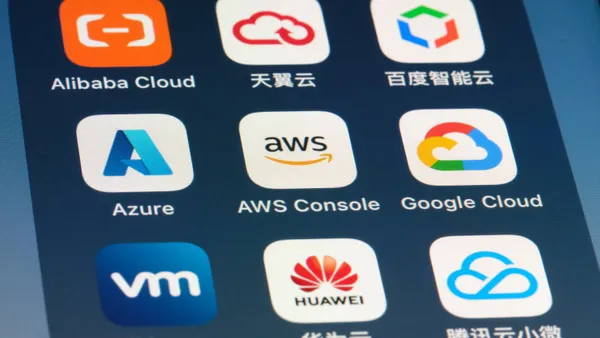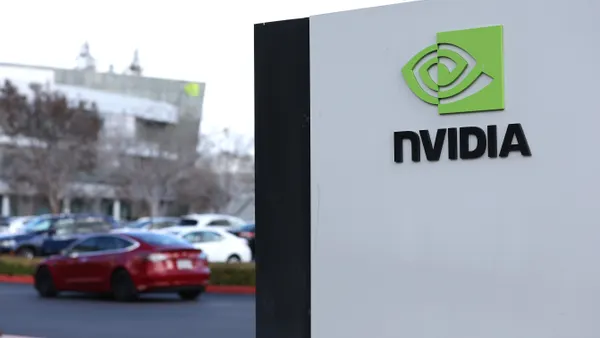Dive Brief:
- The National Institute of Standards and Technology has hit a new benchmark in quantum random number generation (QRNG) that surpasses earlier models and methods, according to an announcement Wednesday. The new method builds off of NIST's 2015 physics experiment, using "spooky quantum correlations" between photons to ensure randomness of generated bits.
- The new method is the first of its kind to harness a loophole-free Bell test and data processing through extraction, creating "private randomness" even out of "public randomness." In other words, the numbers are truly random. The project was part of an improvement to NIST's public randomness beacon, which is currently grounded on commercial sources.
- The machine is still far from general marketability, taking up large amounts of space and demanding expensive equipment and cooling systems, reports WIRED. It also only produces 1,024 bits of data every 10 minutes.
Dive Insight:
When a piece of code generates a random number, it is not, in fact, truly random. Random number generation is based on an algorithm or formula that can be cracked.
But is it really that important that a "2454267" generated by a quantum machine is more random than the "4632456" generated by classical computing? Actually, yes.
Quantum computing has the potential to obliterate modern encryption schemes, which are based off of imperfectly random numbers. If encryption is based off of truly random numbers, it means a system can't get hacked.
Breakthroughs like this may still be far off from the commercial market, but they are worth paying attention to. After all, the first computer took up almost 2,000 square feet and weighed many tons. But now, just a few decades later, that compute power has increased exponentially and shrunk down to portable sizes.
The enterprise is still many years away from a true quantum computer, but quantum computing is already being put to use and surpassing classical computing in many areas. Researchers are still figuring out how to map data to quantum machinery and manage hardware constraints, but slow and steady progress is underway.
The U.S., however, is still woefully lagging in the global quantum race, which China has committed billions more dollars and coordinated strategies toward. Improved QRNG is an important first step, but American companies and the government still have a long way to go.











